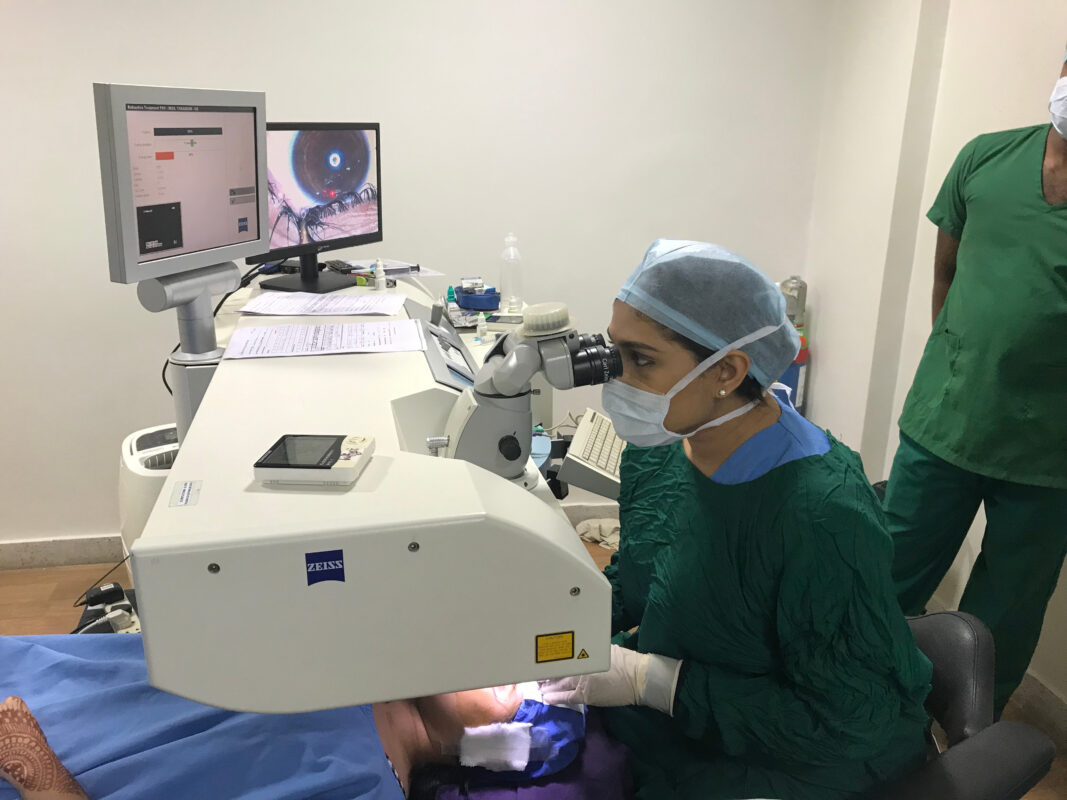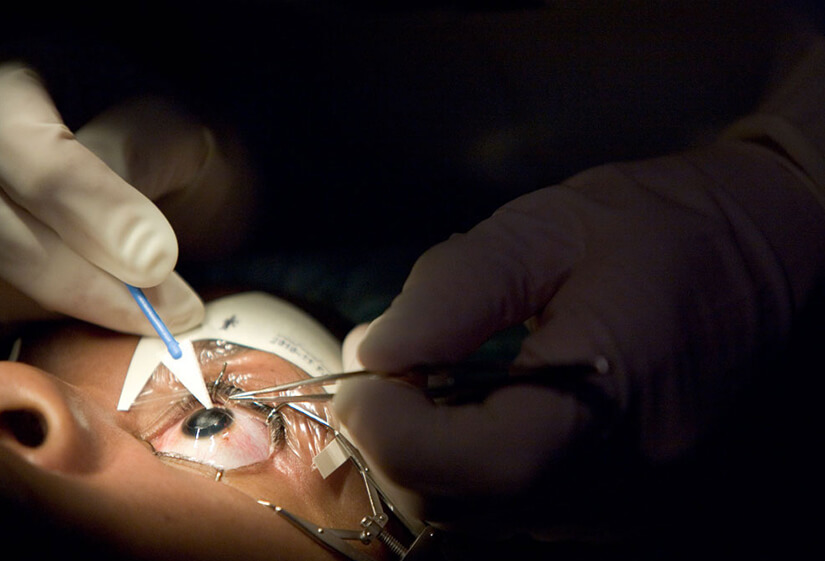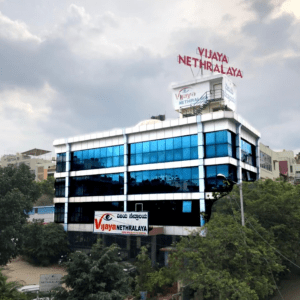In the realm of laser vision correction, Epi-lASIK stands as a cutting-edge procedure offering individuals an opportunity to attain clearer vision and reduce dependency on glasses or contact lenses. This article delves into the intricacies of Epi-LASIK, shedding light on its procedure, benefits, candidacy criteria, recovery process, and more.
Introduction:
Epi-LASIK, short for Epithelial Laser In Situ Keratomileusis, is a form of refractive surgery designed to correct vision problems such as nearsightedness, farsightedness, and astigmatism. It represents a refinement of the traditional LASIK procedure, offering certain advantages and catering to individuals who may not be suitable candidates for other forms of laser eye surgery.

Understanding the Epi LASIK Procedure:
Unlike LASIK, which involves creating a flap in the cornea, Epi-LASIK preserves the corneal structure by gently separating the epithelial layer using an epi keratome. This technique ensures minimal disturbance to the eye’s surface and reduces the risk of complications associated with flap creation.
Advantages of Epi-LASIK Over Traditional LASIK:
Epi-LASIK boasts several advantages over traditional LASIK, including a lower risk of flap-related complications, reduced risk of dry eye syndrome, and suitability for individuals with thinner corneas or irregular corneal shapes.
Who is a Suitable Candidate for Epi-LASIK?
Ideal candidates for Epi-LASIK are individuals with stable vision prescriptions, good overall eye health, and realistic expectations regarding the outcomes of the procedure. A thorough evaluation by an experienced ophthalmologist is necessary to determine candidacy.
Preparing for Epi-LASIK Surgery:
Before undergoing Epi-LASIK surgery, patients undergo a comprehensive eye examination to assess their ocular health and determine the most suitable treatment plan. It’s essential to follow pre-operative instructions provided by the surgeon to ensure optimal results and minimize the risk of complications.
The Epi-LASIK Surgical Process:
During the Epi-LASIK procedure, the epithelial layer is gently lifted, and the cornea is reshaped using an excimer laser to correct refractive errors. The entire process is painless, and patients may experience slight pressure or discomfort during the procedure.
Recovery and Post-Operative Care:
Following Epi-LASIK surgery, patients are advised to rest and refrain from strenuous activities for a few days. They may experience temporary side effects such as mild discomfort, light sensitivity, and fluctuations in vision, which typically subside within a week.
Potential Risks and Complications:
While Epi-LASIK is considered safe and effective, like any surgical procedure, it carries certain risks, including infection, undercorrection, overcorrection, and impaired night vision. However, with proper pre-operative screening and post-operative care, the incidence of complications is minimal.
Comparing Epi-LASIK with PRK and LASIK:
Epi-LASIK, PRK (Photorefractive Keratectomy), and LASIK are all forms of laser vision correction with their unique features and benefits. Epi-LASIK offers the advantage of preserving corneal integrity while providing comparable visual outcomes to LASIK and PRK.
Epi-LASIK Success Rates and Patient Satisfaction:
Studies have shown that Epi-LASIK achieves excellent visual outcomes with high patient satisfaction rates. The majority of individuals who undergo Epi-LASIK experience improved vision and reduced dependence on corrective eyewear.
Cost Considerations for Epi-LASIK:
The cost of Epi-LASIK varies depending on factors such as the surgeon’s experience, the technology used, and the geographic location of the clinic. While Epi-LASIK may entail higher initial costs compared to other forms of laser eye surgery, many patients find it to be a worthwhile investment in their long-term visual health.
Frequently Asked Questions (FAQs) About Epi-LASIK:
Is Epi-LASIK painful?
Epi-LASIK is not painful, although patients may experience minor discomfort or pressure during the procedure. Discomfort typically subsides after the surgery.
How long does it take to recover from Epi-LASIK?
Most patients experience significant improvement in their vision within a few days to a week after Epi-LASIK surgery. Full recovery may take several weeks, during which vision continues to stabilize.
Can I undergo Epi-LASIK if I have astigmatism?
Yes, it is effective in correcting astigmatism, along with other refractive errors such as nearsightedness and farsightedness.
Are the results of Epi-LASIK permanent?
While Epi-LASIK can provide long-lasting vision correction, individual results may vary. Factors such as age, eye health, and lifestyle choices can influence the longevity of the outcomes.
What should I do if I experience discomfort after Epi-LASIK?
If you experience discomfort or unusual symptoms after surgery, it’s essential to contact your ophthalmologist promptly. They can assess your condition and provide appropriate guidance or treatment.
Author Details:
Dr. Sushruth Appajigowda holds a prominent position as a Cornea, Cataract, Glaucoma, and LASIK Surgeon in Bangalore. He serves as the chief Cataract and Refractive surgeon at Vijaya Nethralaya Eye Hospital, Nagarbhavi Bangalore. Renowned as one of the finest LASIK surgeons nationwide, he brings with him over 12+ years of experience across multiple LASIK platforms, including ZEISS, ALCON, SCHWIND, AMO, and Bausch and Lomb. Having successfully conducted over 5000 LASIK procedures, Dr. Sushruth holds the title of a Certified Refractive Surgeon and a Fellow of the All India Collegium Of Ophthalmology.

https://kivihealth.com/iam/sushruth.a.14626/bookslot
Conclusion:
Epi-lASIK represents a significant advancement in laser vision correction, offering individuals a safe, effective, and minimally invasive solution to refractive errors. By understanding the procedure, candidacy criteria, and post-operative care requirements, patients can make informed decisions about improving their vision and enhancing their quality of life.












